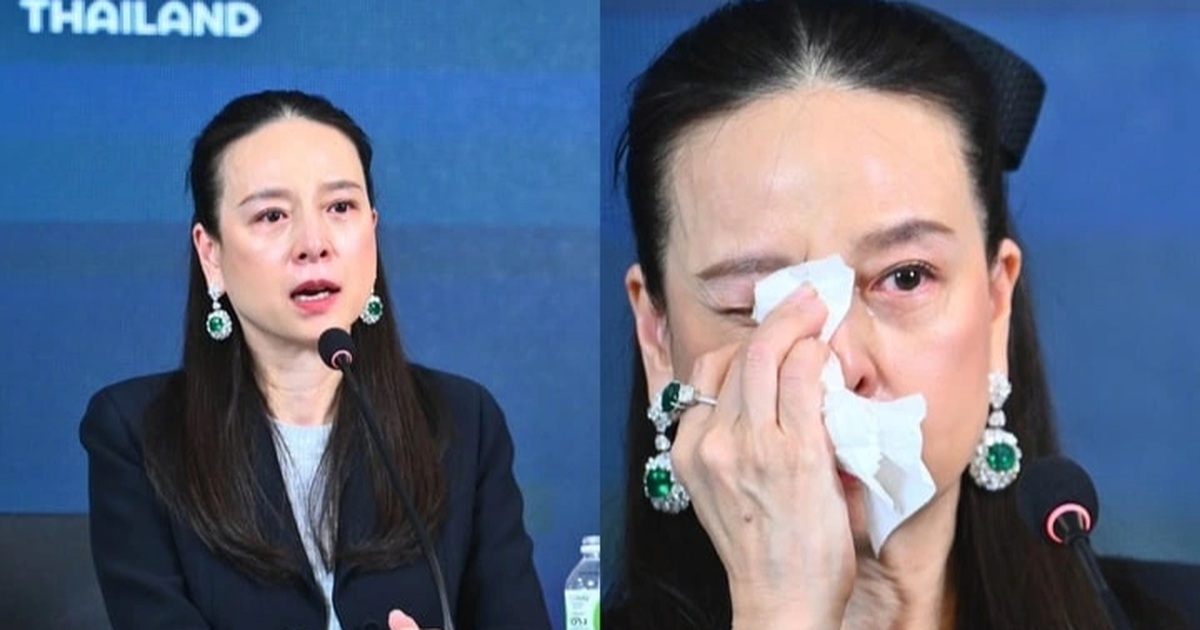Fifty years ago, after the successful reunification of the nation, the banks of the Bến Hải River were connected, and Vietnamese people embarked on a new journey of national development, including infrastructure.
From the Thăng Long Bridge – the first major project after reunification, to the majestic Mỹ Thuận Bridge, the first magnificent bridge in the Southern region… and later the Cần Thơ, Rạch Miễu, and Mỹ Thuận 2 bridges… the painful history of the nation gradually gave way to bridges connecting both banks with joy.
Post-War Challenges
Recalling the state of transportation in the North after 1975, Dr. Nguyễn Xuân Thủy, former Director of the GTVT Publishing House, noted that for a long time, up to the period of Doi Moi, people still faced many transportation difficulties.
Railways, considered the lifeline of the nation, needed immediate restoration. Within just two years (1975-1976), the transportation sector utilized every available material to restore the unified railway line from Hanoi to Ho Chi Minh City. The trains were primarily steam-powered, later followed by diesel locomotives.
“At that time, people not only traveled from the North to the South to visit each other but also to buy goods and transport troops from the southwestern border to the northern border. I still remember the emotional feeling when witnessing the trains filled with soldiers,” Dr. Nguyễn Xuân Thủy shared.
Due to the huge demand for North-South travel, the railway sector had to work tirelessly to transport goods and passengers under impoverished and backward conditions. Later, the speed of the Hanoi-Ho Chi Minh City passenger train gradually improved, reducing travel time from 72 hours to over 30 hours.
For aviation, Noi Bai Airport was the hub for most flights in the North. Air transportation at that time lacked equipment, primarily using Soviet passenger aircraft. “The number of flights was only 1% of what it is now. Only senior officials, even ministers, were allowed to travel by air,” Mr. Thủy shared.
At that time, Hanoi had around 6,000 motorbikes and several hundred cars, but there were 1.5 million bicycles, sometimes causing traffic congestion. People had to lift their bicycles onto their heads to walk through the jams.
Private cars were a means of transport for high-ranking officials. People traveling between provinces would go to bus stations like Kim Liên, Kim Mã, Long Biên, Gia Lâm, and Hà Đông to take buses.
“At that time, I was at the Ministry of Transport, responsible for passenger transport. I personally inspected North-South passenger transport, witnessing buses that were supposed to carry only 40 people but were crammed with 70-80 people,” recalled Dr. Nguyễn Xuân Thủy.
Along with restoring the North-South railway line and national highways, the transportation sector began promoting strategic transportation projects.
In November 1974, before the end of the war, the government began construction of the Thăng Long Bridge – the second bridge across the Red River in Hanoi (there was only the Long Biên Bridge before). The bridge has a two-level design, serving both railways and roads.
With the help of Soviet experts, the Thăng Long Bridge was completed on May 9, 1985. In addition to connecting residents on both sides, the bridge is also a gateway connecting Hanoi with the northwestern provinces, a link in the national railway network and the capital’s Ring Road 3.
After the help of Soviet experts in building the Thăng Long Bridge, Vietnamese engineers learned and grew, building new bridges like the Chương Dương Bridge and Hoàng Long Bridge (Thanh Hóa).
A Time of “Crossing Rivers by Ferry”
“In the summer of 1987, a Vietnamese expatriate friend drove me from Ho Chi Minh City to the Mekong Delta on a Vespa, crossing the Mỹ Thuận and Cần Thơ ferries. At the Mỹ Thuận ferry terminal, I understood why I should take a motorbike.
We didn’t have to wait long like in a car. He said if we went by car, it would take several hours to cross the ferry, and on weekends or holidays, ferry congestion was common.”
These are the recollections of Professor Dr. Tống Trần Tùng, former head of the Science and Technology Department, advisor to seven successive Transport Ministers (now the Ministry of Construction), about the difficult times of travel, “crossing rivers by ferry” in the Southern region.
In the late 1970s, Professor Dr. Tống Trần Tùng completed his doctorate in concrete structures in the German Democratic Republic and returned to Vietnam. Like many other civil engineering experts, he immediately began teaching and advising on solutions for repairing roads and bridges.
Recalling the years after the war, Mr. Tùng noted that the most difficult and lacking issue for the transport sector was the lack of funds to maintain the existing roads. After a few years of operation, the road surface was damaged, but the maintenance fund was not enough to pave the new asphalt layer as before.
(Continues)



